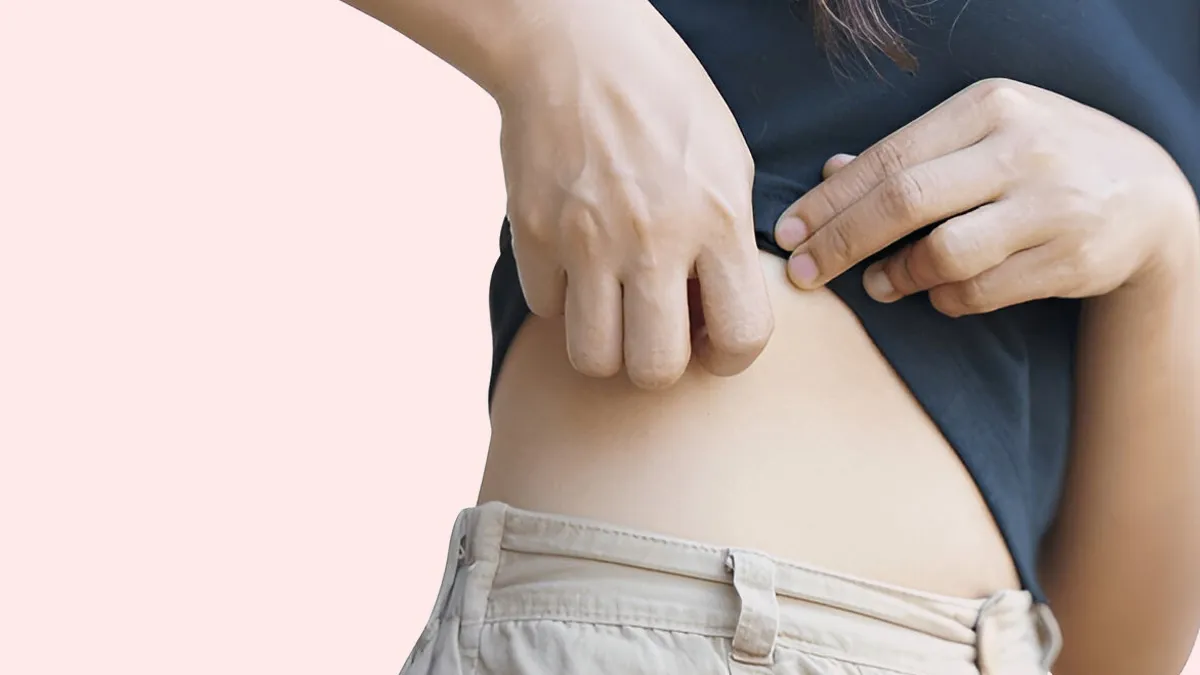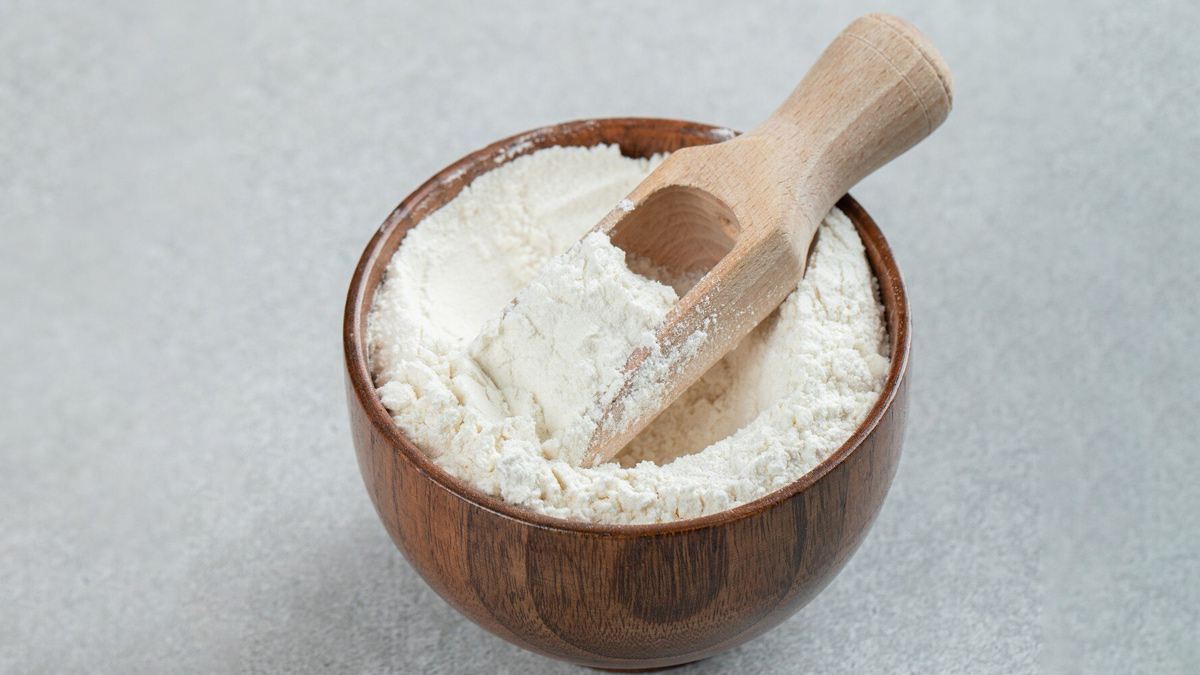
Have you ever come home, changed out of your clothes, and noticed a red, itchy patch right where your waistband sits? It's annoying, painful, and occurs more frequently than we discuss, particularly in warm weather or after excessive sweating. This kind of sweat rash shows up when heat, moisture, and tight clothes mix together. Many people turn to talcum powder for relief, but there are gentler, natural ways to fix it, without the mess or health concerns.
Table of Content:-
Why Does Sweat Rash Happen Around the Waistband?

The waistband area is a prime spot for sweat to accumulate. It’s usually tight, gets little ventilation, and is often made worse by friction from movement. Combine that with heat and moisture, and you’ve got the perfect setup for irritation or even a yeast or bacterial infection if it goes unchecked.
People with sensitive skin, diabetes, or a higher body weight may be more prone to it, but honestly, it can happen to anyone on a sweaty summer day.
Symptoms to Watch Out For
- Red or pink rash in the waistband or skin fold areas
- Itchiness, stinging, or a burning sensation
- Peeling or cracking skin
- Sometimes, a faint odour or oozing (if infection sets in)
Natural Fixes
1. Cornstarch Powder (But with a Caution)

Cornstarch can absorb moisture effectively, making it a go-to for many. But it’s not ideal if a fungal infection has already begun, as it can actually feed yeast. Use it only on clean, dry skin, and avoid if the rash is already irritated or moist.
2. Aloe Vera Gel
Use fresh aloe vera gel (preferably direct from the plant) as it is cooling, soothing, and anti-inflammatory. Apply a thin layer to the affected skin twice daily. It reduces redness and speeds up healing.
3. Coconut Oil
This kitchen cupboard staple is a natural moisturiser and antifungal. It forms a gentle barrier, pushing out moisture but still permitting the skin to 'breathe'. Use small amounts and allow it to absorb completely before dressing.
4. Apple Cider Vinegar Rinse
If you believe it is an overgrowth of yeast, combine one part ACV with three parts water and gently pat it onto the rash with a cotton pad. Allow it to dry in the air. Do this daily, but not on cracked or bleeding skin as it may sting.
5. Neem Oil or Neem Paste
As an antibacterial and antifungal agent, neem has significant benefits. If you can get neem leaves, grind them into a paste and apply for 15 minutes before rinsing. You can also use neem oil mixed with a carrier oil, such as coconut.
6. Chamomile Tea Compress
Make chamomile tea, cool it down, and use a clean cloth to apply it as a compress. It calms irritation and aids healing.
Preventive Tips
- Wear breathable clothes: Cotton undergarments and loose-fitting trousers aid in wicking away sweat.
- Change sweaty gear ASAP: Don't lounge in gym attire for hours.
- Pat dry, don’t rub: After a shower or workout, gently pat the waistband area dry with a soft towel.
- Use an anti-chafing balm: Products with natural ingredients, such as shea butter or calendula, can reduce friction.
- Stay cool: Try to avoid prolonged exposure to heat or sitting in one position for too long.
When to See a Doctor
If the rash doesn’t improve in a few days, becomes increasingly painful, or starts oozing pus, it could be infected. You may need a topical antifungal or antibacterial cream prescribed by a dermatologist.
[Disclaimer: This article contains information for informational purposes only. Hence, we advise you to consult your professional if you are dealing with any health issue to avoid complications.]
Also watch this video
How we keep this article up to date:
We work with experts and keep a close eye on the latest in health and wellness. Whenever there is a new research or helpful information, we update our articles with accurate and useful advice.
Current Version